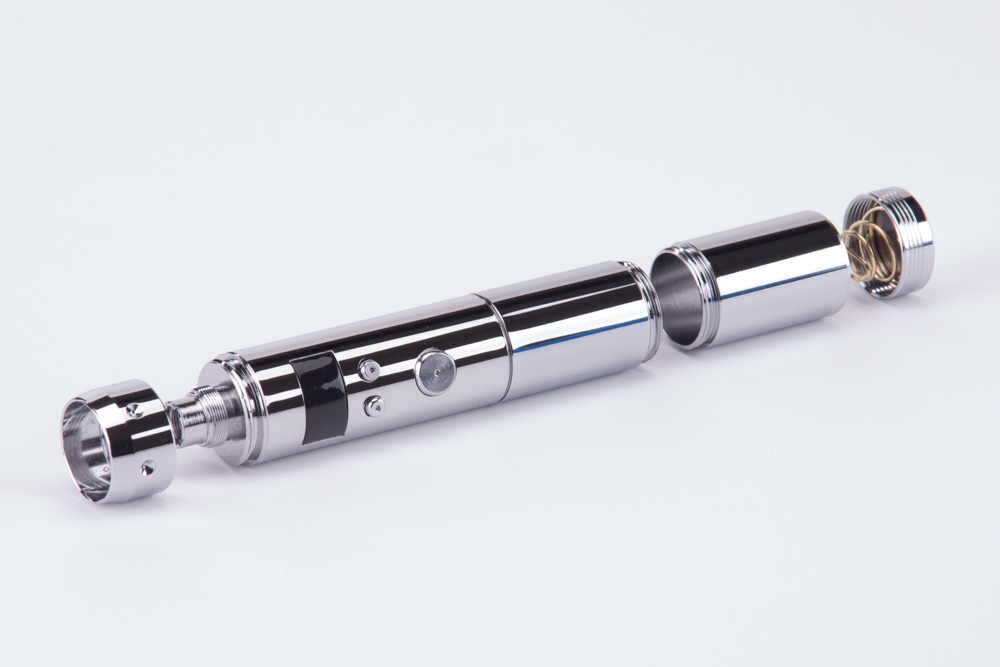As landfills grow and global warming continues, it’s easy to point the finger when it comes to what is damaging the environment. Alongside gas-guzzling motors, plastic has been a target for many years now — but is it really as bad as it’s perceived?
In this report, Omega Plastics sheds light on how plastics have positively impacted the environment, allowing you to make your own judgement on this essential material.
Plastic then and now
Prior to the 21st century, recycling was pretty low on many people’s agendas. However, thanks to a continued push to go green, we’re now more aware of the waste we produce.
In 2001, just 12.5% of household waste in England was recycled. This figure climbed to 44.9% in 2014 which, although it showed an incredible growth over the 13 years, is still short of the EU’s 50% by 2020 target.
The UK’s shift towards environmentally friendly living has changed our attitudes to plastic production. Nowadays, companies actively look for recyclable plastics for their products and packaging, building an impressive corporate social responsibility to set them apart from their competitors. According to the British Plastics Federation, 29% of the plastic used in the UK is from recovered or recycled material.
In the past, only certain types of plastics have been recycled. Now, as technology develops, recyclable plastics can be created, which serve the same purpose, but are more environmentally friendly.
Overall, a combination of technical advancements and altered perceptions has improved the types of plastics we’re creating and how we deal with end-of-life waste. In short, the impact has been reduced—plastic isn’t the same enemy as it has been in the past.
Improved plastic production
As we have already mentioned, improved plastic production methods have altered the impact creating plastic has on the environment. However, this isn’t just in terms of minimising waste.
Plastic injection moulding is a popular manufacturing method as, through using moulds, multiple plastic products can be created with precision. The process involves specialist machinery which, because the plastic needs to be melted, can consume a lot of energy. However, over the past 10 years, the machines have become more refined and now use between 20% and 50% less energy than they once did.
This is just one example of how plastic production processes have been improved to minimise the effect on the environment. The benefits are widespread.
Creating alternative uses
Packaging may be one of the main uses of plastic in the UK but, over time, we’re finding more and more uses for it. While many may argue that this increased plastic consumption has a negative effect on the environment, it can actually prove beneficial in the long term.
The motoring industry is a perfect example of this. Instead of using metal for the production of some parts, many car manufacturers are turning to polymers instead. Not only are these more affordable, they are lighter too, reducing the overall weight of the vehicle. This can have a positive impact on fuel efficiency and energy savings, minimising the use of fuels in the future.
The use of plastic in building materials is also beneficial. Through using plastics to create insulation and double glazing, we are able to conserve heat and prevent the non-essential warming of homes and businesses.
And let’s not forget the plastic five-pound note, which will be in circulation from 13 September 2016. The note, which features Sir Winston Churchill, will be made from plastic rather than cotton paper. Plastic has been chosen to keep notes cleaner and more durable and make them harder to counterfeit. Notes will last for up to five years, and will be 15% smaller than existing notes, making the production process more energy-efficient.
As you can see, while some may question the eco-friendly properties of plastic, it’s clear that they also offer numerous benefits when it comes to minimising waste and further damage to the environment. With increased technological advancements, plastics are set to become even more eco-friendly.




